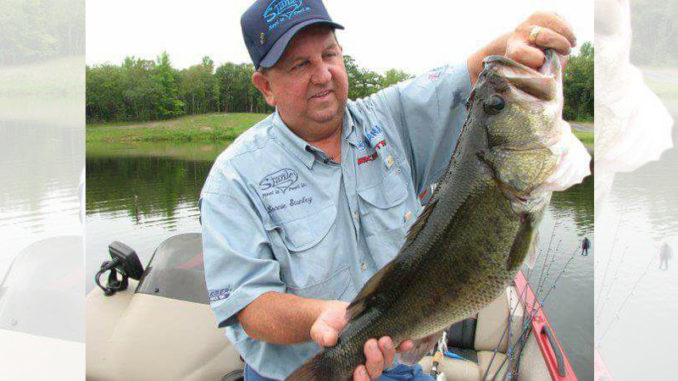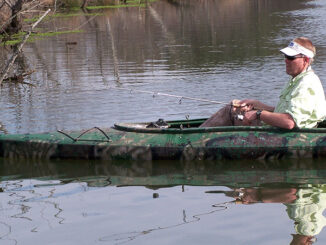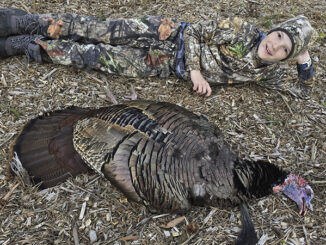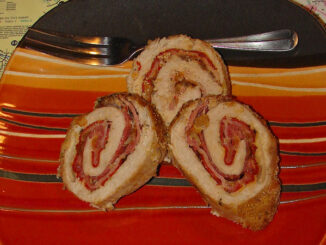
Dirty water bass fishing is the name of the game right now
February is a great month for Carolina bass anglers who don’t mind fishing in the cold. But this year, we’ve had to deal with more than just cold in our region. If you’re chasing lunkers in the Carolinas right now, you’re definitely doing some dirty water bass fishing. The recent rains have all of our major waterways stained at the least. And it’s downright muddy in some spots.
But, bass still have to eat, and it’s a crucial time for them right now with the spawning season just around the corner. And fortunately, anglers have plenty of lure choices. And some of them are designed specifically for dirty water bass fishing.
We spoke with fishing lure maker Lonnie Stanley of Hale Lures/Stanley Jigs about their line of spinnerbaits that every dirty water bass angler should have in their tackle box. Their Vibra-Shaft Dirty Water spinnerbaits use several variations of bright colors and numerous pairings of blades.
“These Dirty Water spinnerbaits that we’re making are made with the tapered wire and we’ve got chartreuse and orange and white blades. It’s something that will show up for the fish to see in that muddy water. And some of these spinnerbaits, even when they don’t make a whole lot of noise, when you get the right flash on it, the bass can pick up the flash and the vibration both, and they’ll eat it,” said Stanley.
What’s the best blade/color combination for dirty water?
Stanley, who fished the Bassmaster Classic in the early days of his fishing career, has been making spinnerbaits for 39 years. In dirty to muddy water, he said it’s time to add more color, vibration, and flash to a spinnerbait.
“When it’s rained and the back of the creeks are muddy or cloudy, that’s more of a time when you throw double Colorado blades in chartreuse, orange, white, or a combination of those,” he said.
He added that he will throw those dirty water spinnerbaits in clear water under one circumstance. And that is when smallmouth bass are present.
“Smallmouth love colored blades and something real flashy. Even in very clear water, if you’ve got smallmouth around, these dirty water spinnerbaits work great,” he said.
Stanley said if you’re in extremely muddy water, when you can only see your spinnerbait six inches deep or less, he favors a double Colorado spinnerbait with an orange blade in the front and a chartreuse blade in the rear. A spinnerbait with one willow, orange blade in the front and a chartreuse, Colorado blade in the rear also works well in muddy water.
“You can reverse those colors too, but I want that combination of colors and blade styles when the water is downright muddy,” he said.
If he’s fishing stained water rather than muddy, he prefers a double Colorado or a willow/Colorado combination spinnerbait with chartreuse in the front and white in the back.
“Stained water is the best scenario for that. That combination of colors, flash, and vibration works really well in water that you can see about a foot deep,” he said.
But what if you can find clear water?
Throughout the Carolinas right now, most bass anglers are fishing in stained to muddy water. And it looks like that will hold true for some time based on upcoming weather reports. But as soon as you can find some clear water, which Stanley defines as when visibility is 18 inches or more, he said it’s best to shy away from those bright colors for largemouth.
Listen to the podcast to hear more from Lonnie Stanley on fishing dirty water spinnerbaits
“Again, if you’ve got smallmouth around, those bright colors are excellent even in crystal clear water. But for largemouth, when I get into water where I can see a foot and a half deep, most of the time, I’m going to use a spinnerbait with two gold blades,” he said.
When it comes to the weight of your spinnerbait, Stanley said fishing in dirty water doesn’t require a heavy lure.
“Most of the time when you’re using a dirty water spinnerbait, it’s muddy. So the fish aren’t going to be real deep. Now we do make a 3/4-ounce for slow rolling in muddy water out in 8 to 10-foot of water. But most of the time, you’re going to be fine with 1/2-ounce. With a 1/2-ounce spinnerbait, you can fish 2-foot of water to 8-foot. And most of the time during the pre-spawn, which is when you have a lot of muddy water, that’s where the fish are going to be anyway.
Spinnerbaits create their own action
“And if you get into some grass in muddy water, that’s when I’d use a 3/8-once spinnerbait. In less than 5-foot depths, a 3/8-ounce is always your best best,” he said.
Stanley said anglers shouldn’t worry about trying to impart action into a spinnerbait retrieve. Jerking while reeling isn’t necessary, he said.
“It’s the speed you’re worried about. It’s got so much action on it’s own with the vibration coming off the blades and shaking the skirt. And I always use a trailer of some kind on the back like a Zoom trailer. And I just reel it fast, slow, or super slow. Look at the conditions and how the fish are reacting,” he said.





Be the first to comment